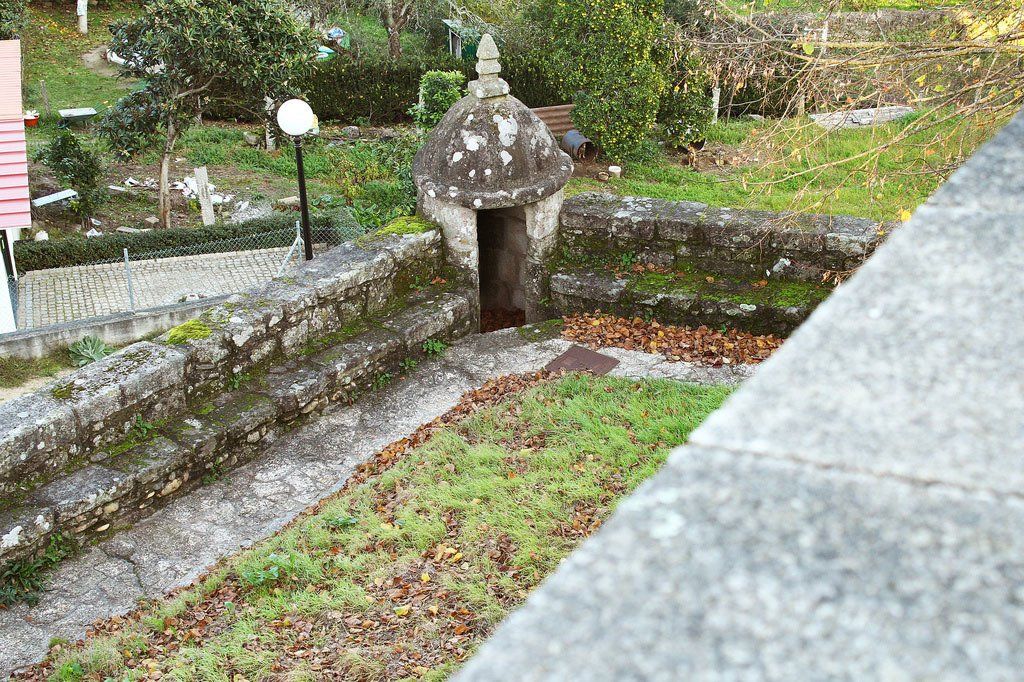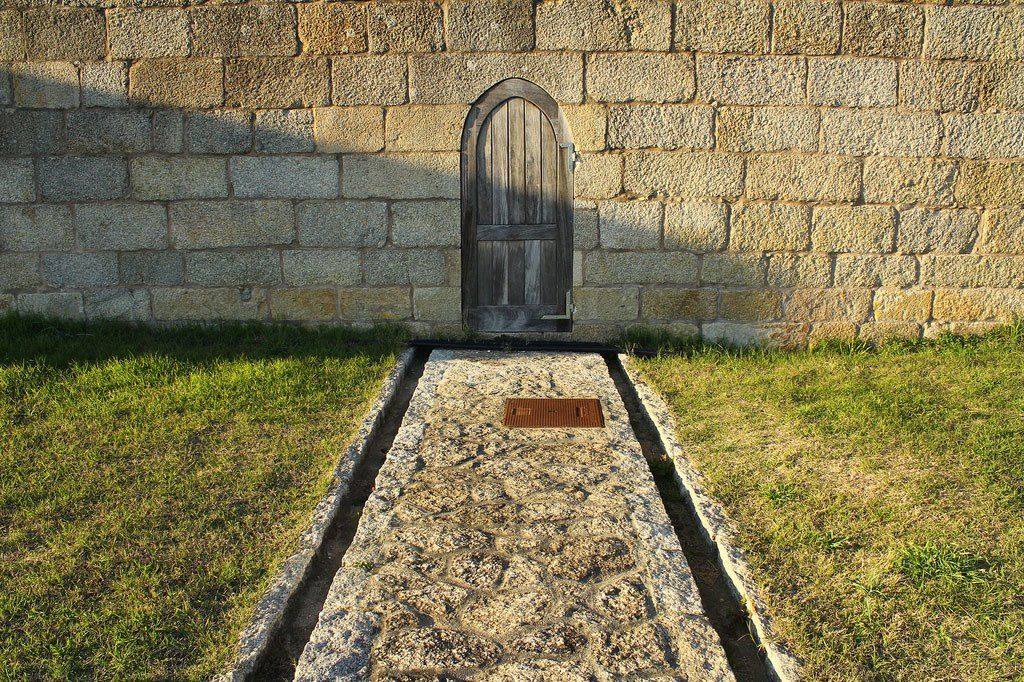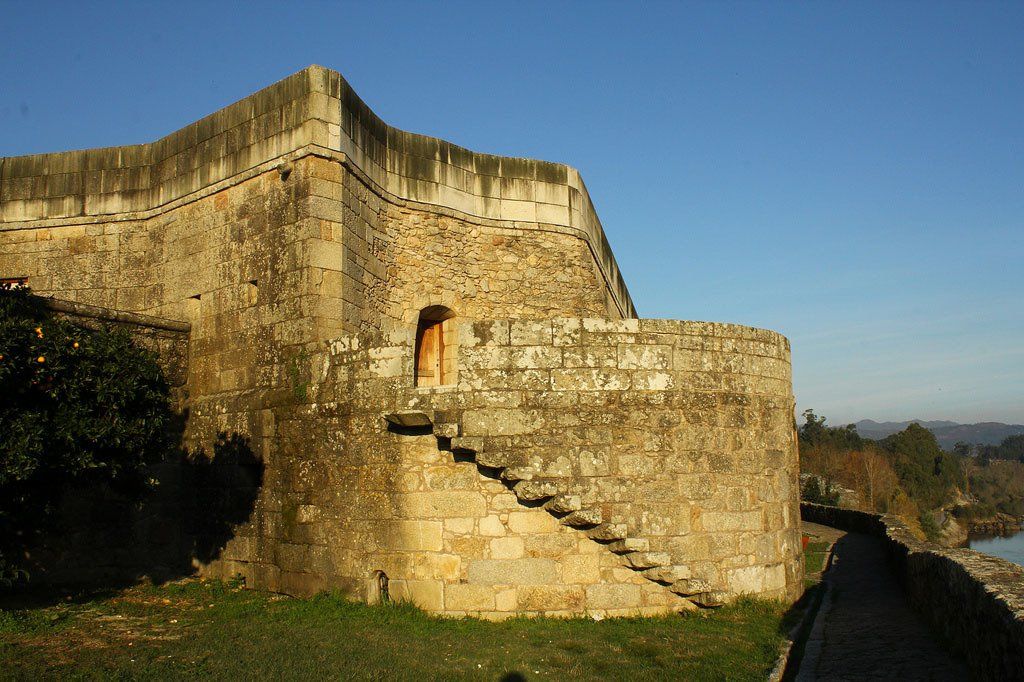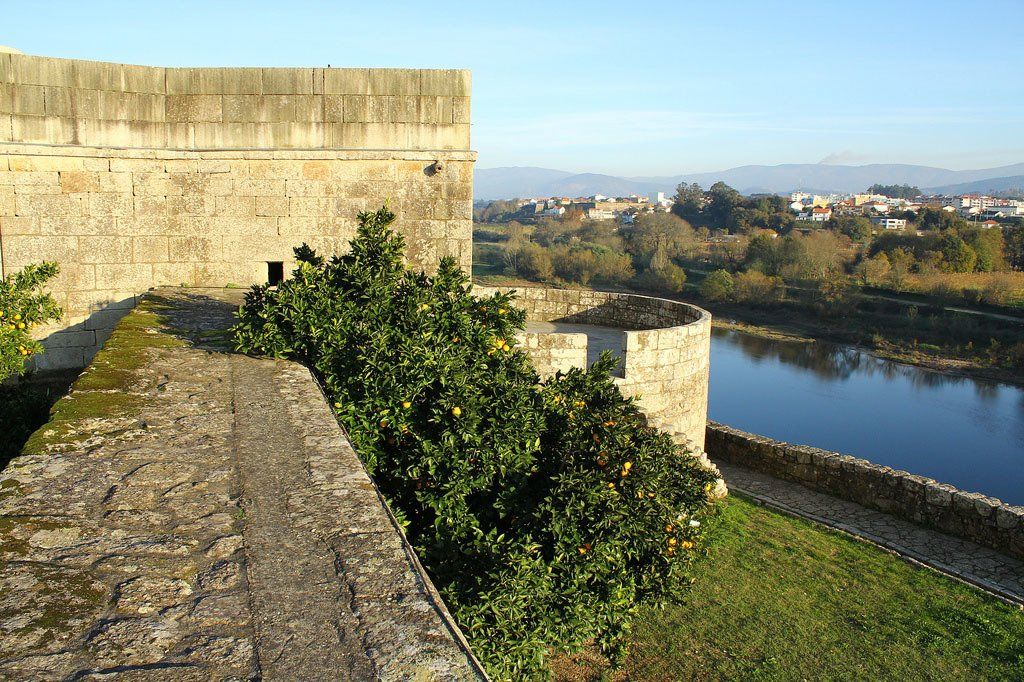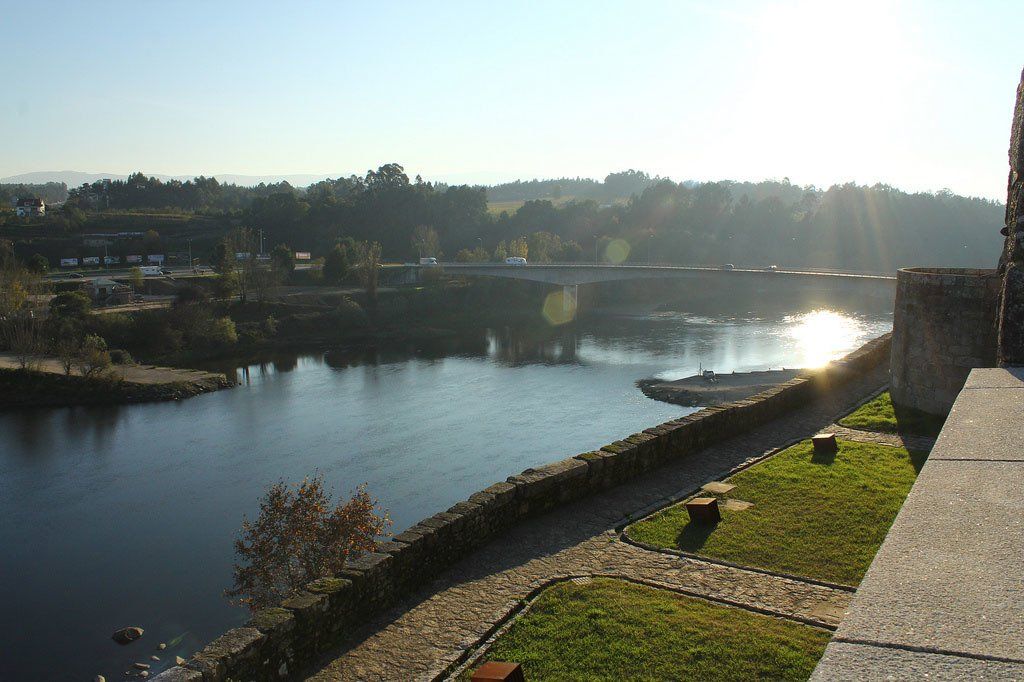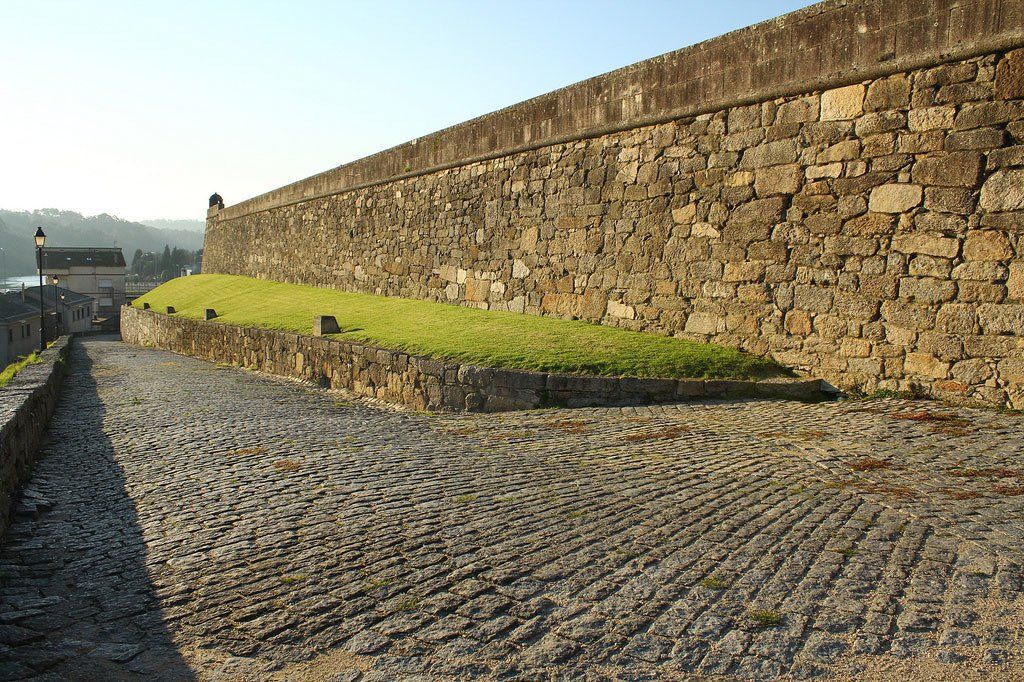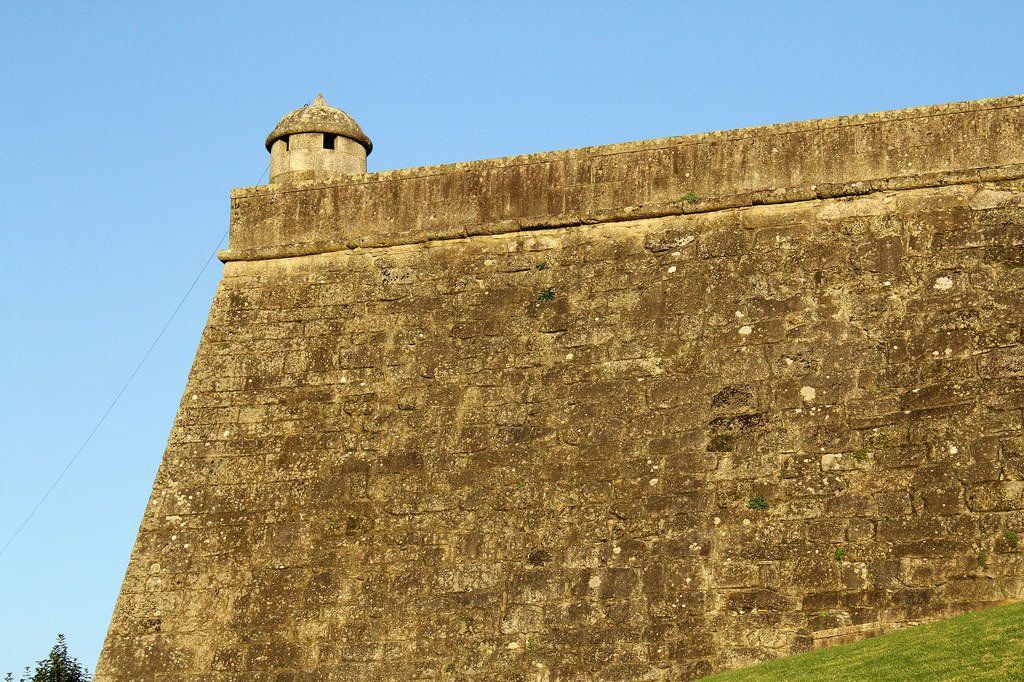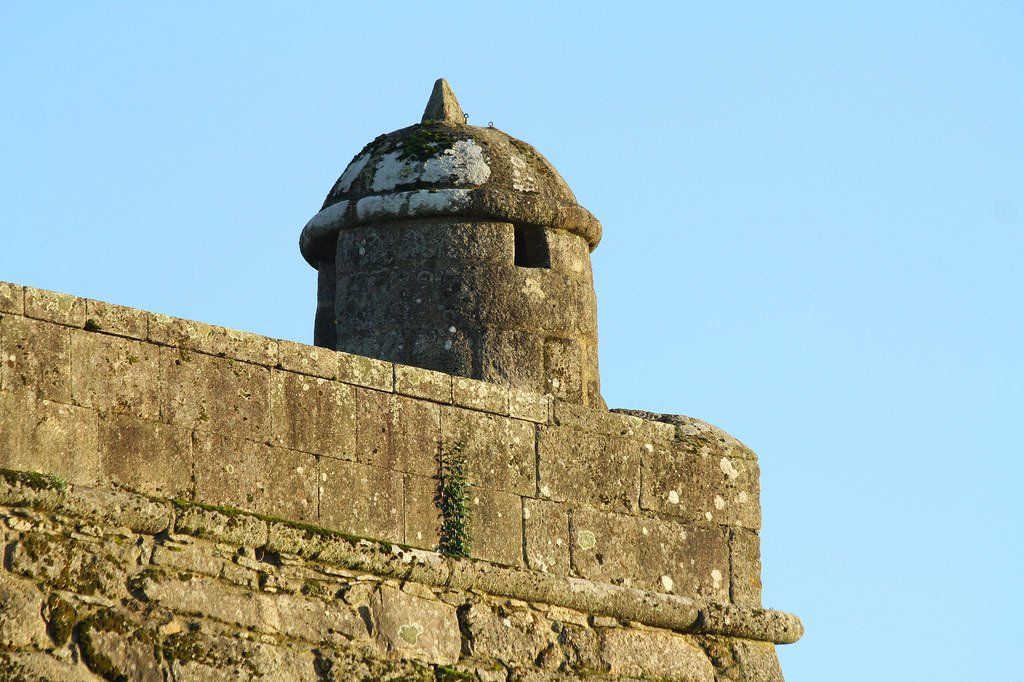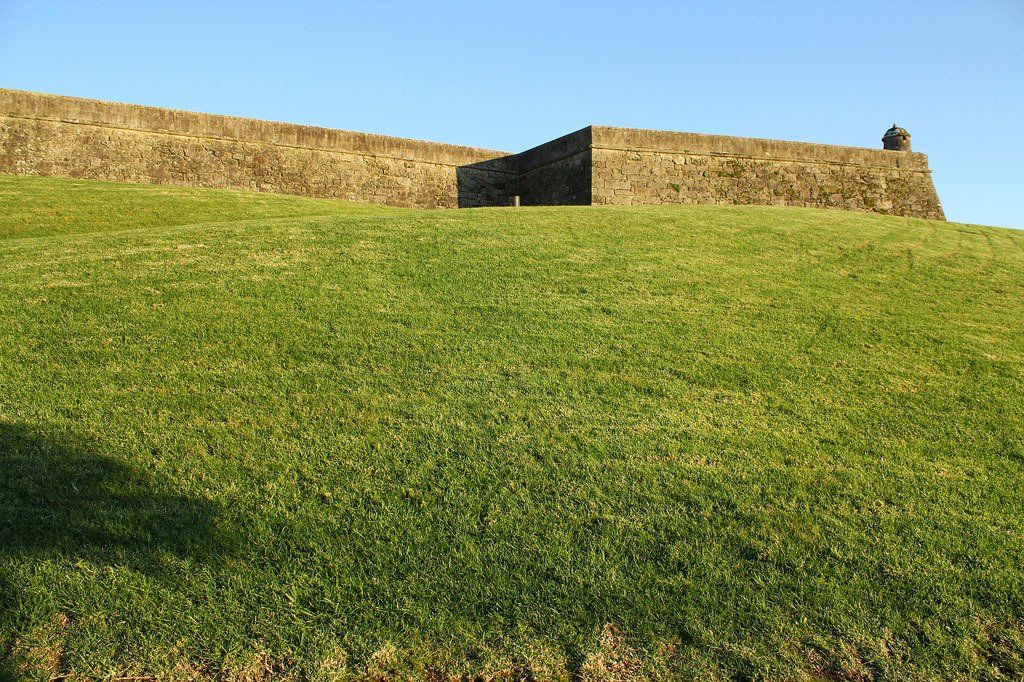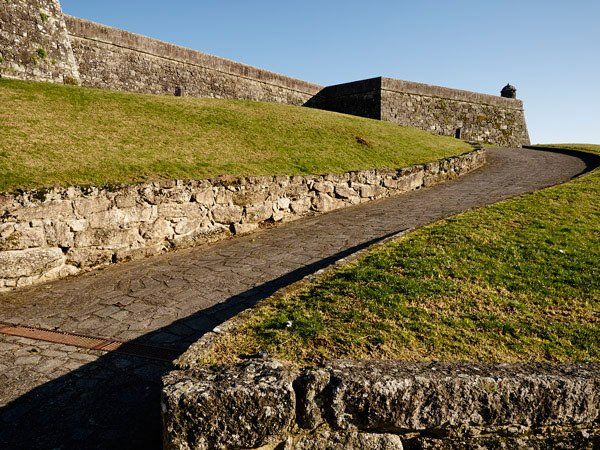17th century walled enclosure
Although different historical vestiges place the origin of the Castle of Doña Urraca in the 10th and 11th centuries, it was not until the 12th century, with the arrival of King Ferdinand II on the Castilian throne, when the construction of the different defensive systems such as that of Salvaterra, throughout the Baixo Miño.
The Salvaterra fortification is carried out away from the residential area, forming an independent fort-plaza and destined to repel possible attacks coming from the other side of the river.
But it will not be until the 17th century, in the framework of the Portuguese Restoration War, when it acquires great strategic relevance for the defense of the border. In 1643 Salvaterra falls into Portuguese hands, under the command of the Count of Castel-Melhor, at which time they notice the poor condition of the walled compound, after the various attacks and the old-fashioned defensive system of medieval origin, ineffective against artillery fire modern.
The remodeling of the wall consisted mainly of the construction of a system of bastions that eliminated the blind spots of the fortification. The materials used would be obtained from nearby buildings that were in a state of abandonment, as is the case of the disappeared San Francisco Convent.
A construction in which speed and efficiency prevailed, in the face of possible mishaps over its durability, which is why it is more striking, if possible, the fact that it continues to stand.
Location
Council:
Salvaterra de Miño
Parish: Salvaterra de Miño (San Lorenzo)
Place: Praza do Castelo
Coordinates: Lat. 42.0804, Len. -8.4958
FOR MORE INFORMATION
986 658 126 - 617 148 866
turismo@concellodesalvaterra.org







